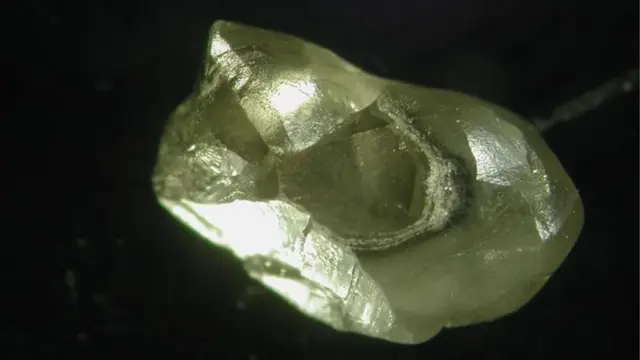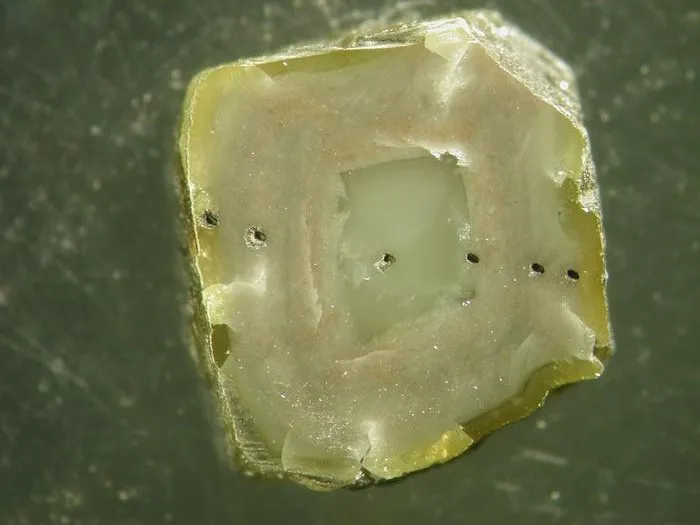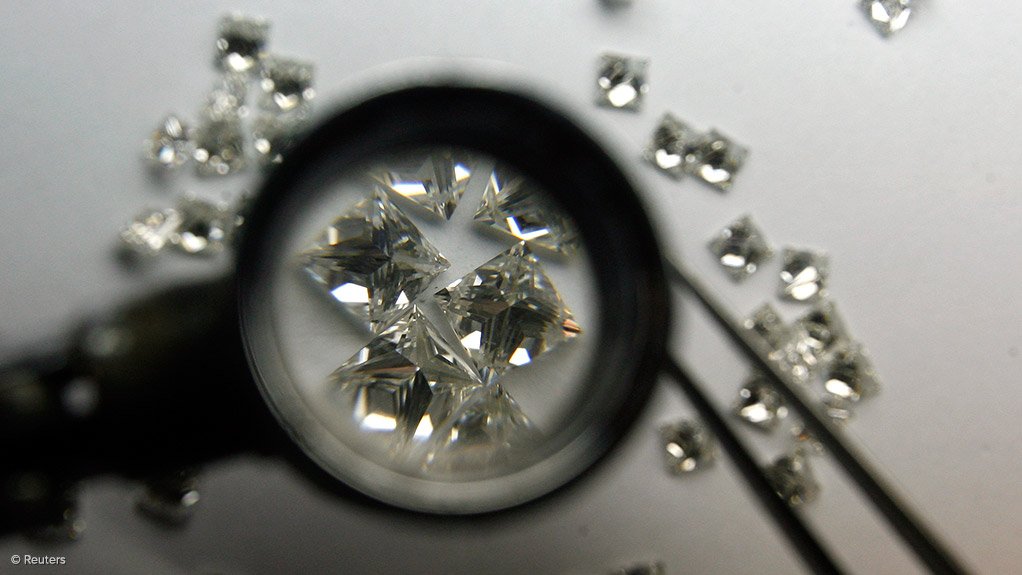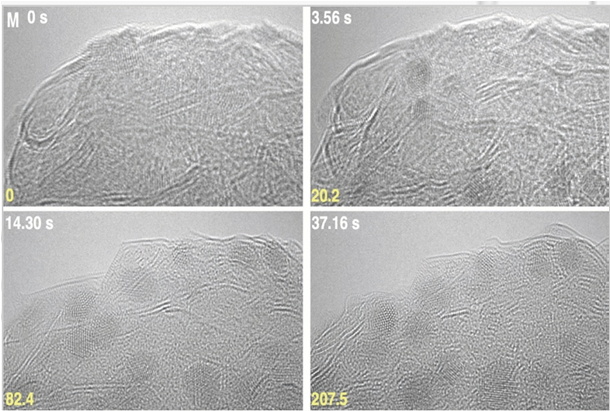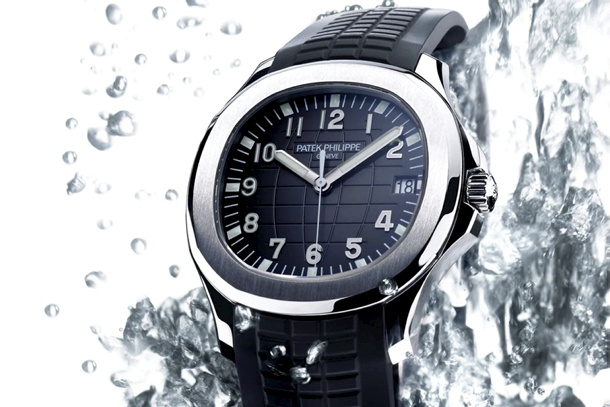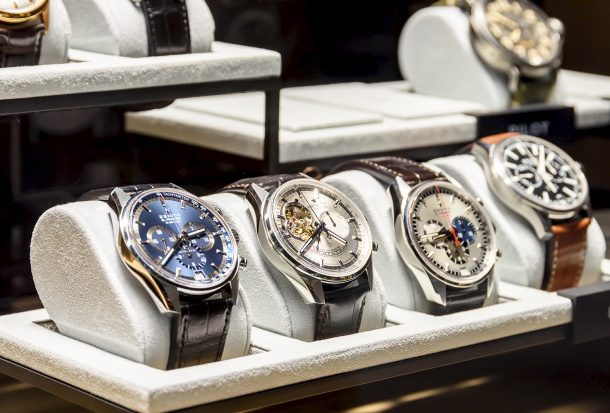
De Beers has unveiled its largest natural diamond campaign in over a decade, reaffirming the beauty, rarity, and authenticity of natural diamonds in an era where lab-grown stones are increasingly prevalent.
The new campaign, titled “Unlike Anything,” introduces Desert Diamonds — a collection inspired by the natural hues of the desert, showcasing warm, earthy tones that celebrate individuality and the timeless connection between nature and human emotion.
As mass-produced, lower-cost lab-grown diamonds continue to gain market share, De Beers’ message is clear: natural diamonds remain unmatched — each one a product of geological wonder, billions of years in the making, and entirely unique.
According to De Beers, research found that 90% of consumers expressed interest in purchasing a Desert Diamond as a distinctive expression of style and a symbol of connection with nature. The campaign positions these desert-inspired shades as markers of authenticity, highlighting how the nuances in colour reflect the natural beauty and individuality of each stone.
“With Desert Diamonds, the ancient sands of time meet today’s zeitgeist for authentic beauty,” said Sandrine Conseiller, CEO of De Beers Brands. “Natural diamonds are unique and rare – no two are the same. Their colours have been forged by nature and perfected over billions of years.”
The growing appreciation for warmer diamond tones has also been influenced by high-profile figures such as Taylor Swift, whose engagement ring features a vintage old mine-cut diamond with a soft “candlelight glow,” as well as Kim Kardashian and Doja Cat, both of whom have embraced the desert-diamond aesthetic.
Industry analysts note that De Beers’ strategy goes beyond aesthetics. Chandler Mount, founder of Affluent Consumer Research Company, commented:
“Desert Diamonds mark a shift from diamonds as objects to diamonds as identity. De Beers isn’t just selling colour — they’re selling character. This is white space strategy executed with emotional intelligence.”
For the DCLA (Diamond Certification Laboratory of Australia), which upholds the highest standards in natural diamond grading and certification, De Beers’ campaign reinforces a vital message: authentic natural diamonds remain irreplaceable — not only for their enduring beauty, but for the story each stone carries within it.


